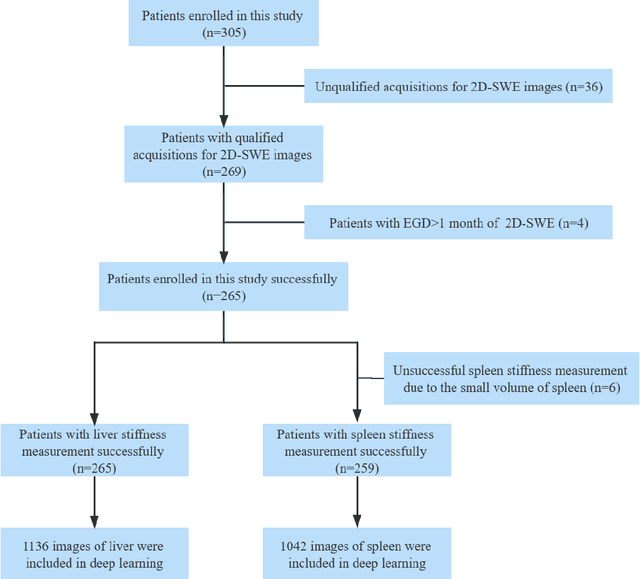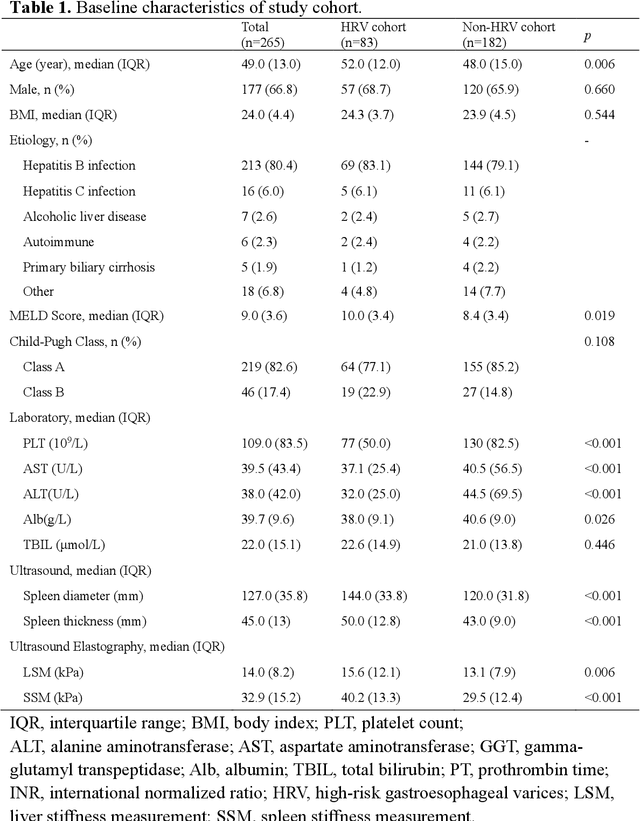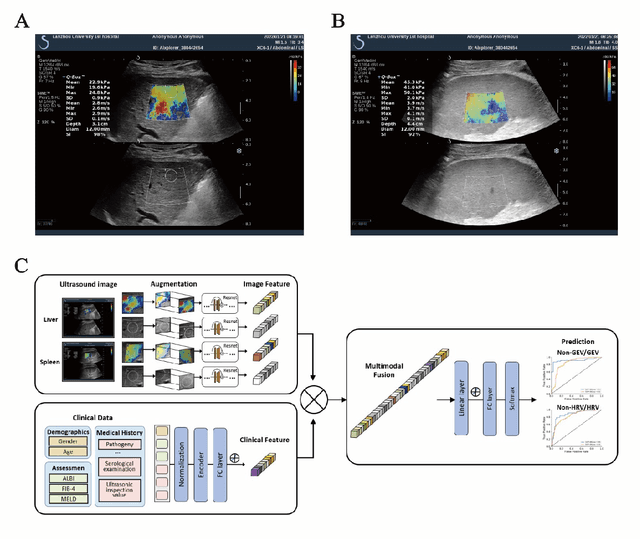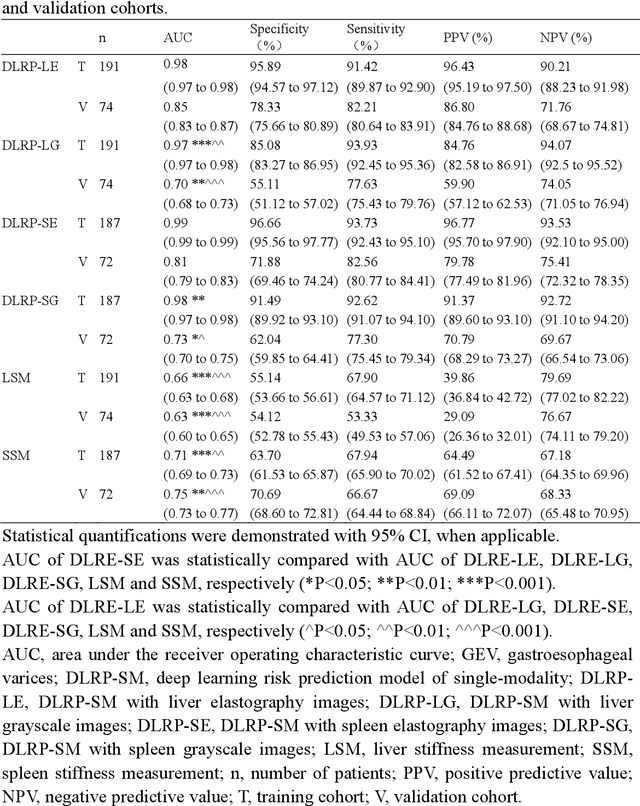Shao Li
Sun Yat-Sen University
The high dimensional psychological profile and cultural bias of ChatGPT
May 06, 2024Abstract:Given the rapid advancement of large-scale language models, artificial intelligence (AI) models, like ChatGPT, are playing an increasingly prominent role in human society. However, to ensure that artificial intelligence models benefit human society, we must first fully understand the similarities and differences between the human-like characteristics exhibited by artificial intelligence models and real humans, as well as the cultural stereotypes and biases that artificial intelligence models may exhibit in the process of interacting with humans. This study first measured ChatGPT in 84 dimensions of psychological characteristics, revealing differences between ChatGPT and human norms in most dimensions as well as in high-dimensional psychological representations. Additionally, through the measurement of ChatGPT in 13 dimensions of cultural values, it was revealed that ChatGPT's cultural value patterns are dissimilar to those of various countries/regions worldwide. Finally, an analysis of ChatGPT's performance in eight decision-making tasks involving interactions with humans from different countries/regions revealed that ChatGPT exhibits clear cultural stereotypes in most decision-making tasks and shows significant cultural bias in third-party punishment and ultimatum games. The findings indicate that, compared to humans, ChatGPT exhibits a distinct psychological profile and cultural value orientation, and it also shows cultural biases and stereotypes in interpersonal decision-making. Future research endeavors should emphasize enhanced technical oversight and augmented transparency in the database and algorithmic training procedures to foster more efficient cross-cultural communication and mitigate social disparities.
Deep learning radiomics for assessment of gastroesophageal varices in people with compensated advanced chronic liver disease
Jun 13, 2023



Abstract:Objective: Bleeding from gastroesophageal varices (GEV) is a medical emergency associated with high mortality. We aim to construct an artificial intelligence-based model of two-dimensional shear wave elastography (2D-SWE) of the liver and spleen to precisely assess the risk of GEV and high-risk gastroesophageal varices (HRV). Design: A prospective multicenter study was conducted in patients with compensated advanced chronic liver disease. 305 patients were enrolled from 12 hospitals, and finally 265 patients were included, with 1136 liver stiffness measurement (LSM) images and 1042 spleen stiffness measurement (SSM) images generated by 2D-SWE. We leveraged deep learning methods to uncover associations between image features and patient risk, and thus conducted models to predict GEV and HRV. Results: A multi-modality Deep Learning Risk Prediction model (DLRP) was constructed to assess GEV and HRV, based on LSM and SSM images, and clinical information. Validation analysis revealed that the AUCs of DLRP were 0.91 for GEV (95% CI 0.90 to 0.93, p < 0.05) and 0.88 for HRV (95% CI 0.86 to 0.89, p < 0.01), which were significantly and robustly better than canonical risk indicators, including the value of LSM and SSM. Moreover, DLPR was better than the model using individual parameters, including LSM and SSM images. In HRV prediction, the 2D-SWE images of SSM outperform LSM (p < 0.01). Conclusion: DLRP shows excellent performance in predicting GEV and HRV over canonical risk indicators LSM and SSM. Additionally, the 2D-SWE images of SSM provided more information for better accuracy in predicting HRV than the LSM.
 Add to Chrome
Add to Chrome Add to Firefox
Add to Firefox Add to Edge
Add to Edge